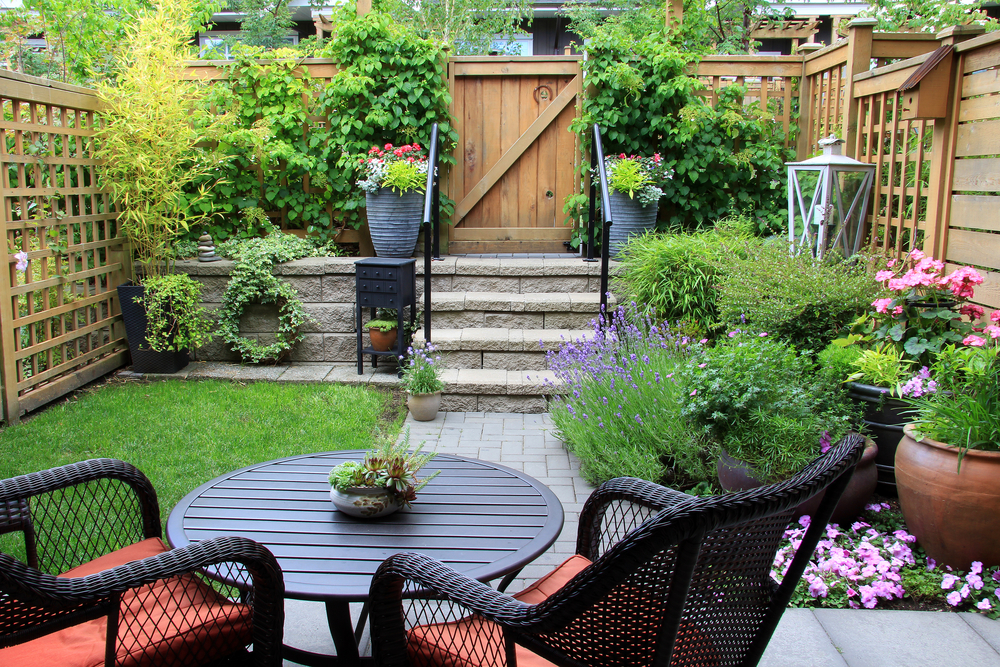
Transforming Your Outdoor Space into a Sustainable Retreat
Creating a sustainable retreat right in your own backyard or outdoor space is an exciting journey towards more eco-friendly living. It’s a chance to blend comfort, style, and sustainability, all while fostering a deeper connection with nature.
Whether you’ve got a sprawling garden, a modest patio, or a cosy balcony, there are plenty of ways to transform your outdoor area into a green sanctuary.
Start with Sustainable Materials
When it comes to decking, furniture, or any other major additions, choosing sustainable materials is key.
For decking supplies, options like those from George Hill Timber offer eco-friendly choices that don’t compromise on quality or aesthetics. Made from sustainably sourced wood or recycled materials, these decking supplies provide the perfect foundation for your green retreat.
Go Native with Plant Choices
Incorporate native plants into your garden or pots. They’re not just beautiful; they’re also better for the local ecosystem.
Native plants require less water and maintenance than non-native species and provide essential habitats for bees, butterflies, and other wildlife. Plus, they’re hardier and more likely to thrive in your garden’s specific conditions.
Water Wisely
Water conservation is not just about saving water; it’s about making every drop count for the health of your plants and the planet. Installing a rain barrel is a simple yet effective way to harness natural rainfall, providing you with an ample supply of water for your garden without tapping into municipal sources.
Drip irrigation systems and soaker hoses offer targeted watering directly to the roots of your plants, minimising evaporation and runoff. This method ensures that water is used efficiently, promoting deep root growth and reducing the frequency of watering needed.
Create a Compost Corner
Composting transforms your kitchen and garden waste into a nutrient-rich soil conditioner, bringing a cycle of renewal to your garden.
By dedicating a small corner of your outdoor space to a compost bin or pile, you engage in a natural recycling process that enriches the soil and supports healthier plant growth. This practice not only cuts down on your household waste but also decreases your reliance on chemical fertilisers, fostering a more organic and vibrant garden ecosystem.
Encourage Wildlife
Creating a welcoming environment for wildlife adds a dynamic layer to your sustainable outdoor space. Simple additions like bird feeders and baths, or a homemade bug hotel, can significantly increase the biodiversity of your garden.
Choosing plants that flower at different times of the year can ensure a continuous supply of nectar for bees and butterflies. These practices support local wildlife, contributing to the health of your garden and the wider ecosystem.
Encouraging wildlife enhances the natural beauty and interest of your garden and plays a crucial role in pollination and pest control, creating a more balanced and thriving outdoor environment.
Sustainable Lighting and Decor
For those long summer evenings or cosy autumn nights, consider solar-powered lights to add ambience without increasing your carbon footprint. Solar lights come in various styles, from string lights to pathway markers, making it easy to find options that suit your space and style.
Recycled and Upcycled Finds
Embrace creativity by incorporating recycled or upcycled elements into your outdoor decor. Beyond turning old wooden crates into planters or repurposing furniture for outdoor seating, consider other creative transformations.
For instance, unused kitchen items like colanders can be repurposed as hanging planters, adding a whimsical touch. Discarded pallets offer a wealth of possibilities, from constructing vertical gardens to creating custom patio furniture. Even old tyres can be painted and turned into vibrant, durable outdoor seating or planters.
These inventive uses of materials not only minimise waste but also create conversation pieces that reflect a commitment to sustainability and personal style.
Invest in Quality
Investing in high-quality outdoor furniture, tools, and decor is a cornerstone of sustainable living. While such items might carry a higher price tag initially, their longevity means you’ll buy less frequently, thus producing less waste and saving resources in the long run.
Seek out products crafted from materials that endure the rigours of outdoor life and are also sourced in an environmentally responsible manner. This approach ensures that your outdoor space remains beautiful and functional for years to come, embodying the true essence of sustainability.
Share and Learn
Sharing knowledge and experiences enriches your community, creating a ripple effect of sustainability.
Hosting events like plant swaps, distributing cuttings of your garden’s native plants, or leading local clean-up efforts are excellent ways to engage. These activities foster a sense of community, encourage sustainable practices among neighbours, and enhance local environments.
Sharing also opens avenues for learning new eco-friendly techniques and ideas, further solidifying the community’s commitment to sustainability, and creating a more informed, interconnected group of environmentally conscious individuals.
Final Thoughts
Transforming your outdoor space into a sustainable retreat is not just about making eco-friendly choices; it’s about creating a space that nurtures you and the environment. With each step, you contribute to a more sustainable future, creating a green oasis that offers refuge and joy for years to come.